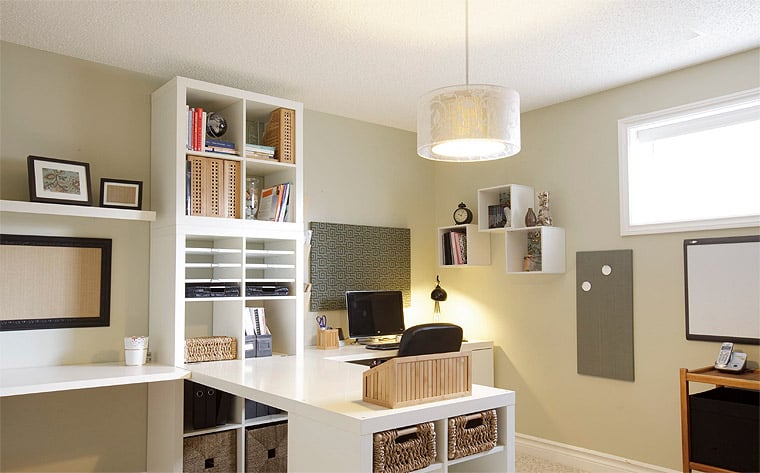How to Choose the Right Brake Pads
Regular service and checkups should be considered mandatory for every car owner. Regular oil changes, tire rotations, and tune-ups are just some of the maintenance your car needs to keep running smoothly. As with any moving part, brakes need periodic inspection and maintenance, and ultimately new brake pads.
Each time you use the brakes, the pads and rotors will wear down a little bit more. Since they wear out over time, your vehicle’s stopping ability may suffer as a result. When this occurs, you must quickly find a replacement.
The materials
The materials used to create brake pads have a significant influence on their efficiency. In spite of its better stopping power and durability, metallic or semi-metallic brake pads have a few downsides, including brake dust and noise. Organic brake pads are eco-friendlier and gentler on rotors, but they have a lower stopping capacity and degrade more quickly. Ceramic pads, in conclusion, are a more expensive but effective, quiet, and trustworthy solution.
Receiving the expected benefits
The chance to economize is only one of many advantages of searching for secondhand car components. However, prices may vary substantially even in the secondhand market. Buying parts straight from the manufacturer, rather than via a distributor, will always result in higher costs. In most circumstances, spending as much as possible to get the highest quality is recommended. Driving about with worn brake pads is not worth the danger to yourself, your passengers, or other motorists.
Always remember to follow the rule of compromise
Organic brake pads last longer than conventional pads but need more frequent replacement due to higher material wear. Generally speaking, organic pads have a shorter lifespan than their synthetic equivalents. In most current automobiles, you’ll find semi-metallic pads, which are the norm and are very robust and long-lasting. The trade-off is less stopping power.
To know when and how to update brake pads
Brake pads are worn out when they make a screeching noise when pressure is applied. This continuous, shrill shrieking is really a built-in mechanism alerting the driver to the need for servicing.
If the squealing has been replaced by a grinding metallic sound, your rotors are likely getting worn down and need to be replaced. Since brakes are crucial to a car’s safety, you’ll need to act fast.
Do-it-yourself brake pad replacement
Although it is possible to change your brake pads at home, you should carefully consider whether or not to do so. After all, working brakes are one of the most important aspects of car safety.
If you’re unsure about taking on the restoration on your own, it’s better to let the experts do it. It is also important that new brake pads be affordable. DIY auto repairs may save money, but they can also be dangerous if done incorrectly.
Changing brake pads
Before installing new brake pads, check to see whether they fit your car. Have the new pads checked and tuned by a professional mechanic if you have any doubts about how well they will work with the rest of your machinery.
Conclusion
Do your own research if you’re still unsure about which option to go with. The Internet is a great resource for gathering information, from official manufacturer sites to independent DIY resource hubs. Moreover, if you are only given one choice and you aren’t sure about the component being supplied, don’t be hesitant to ask your technician for a different one.




